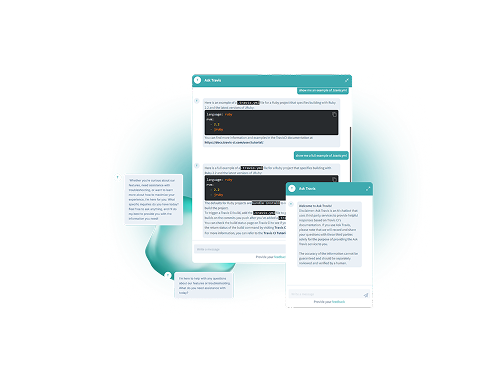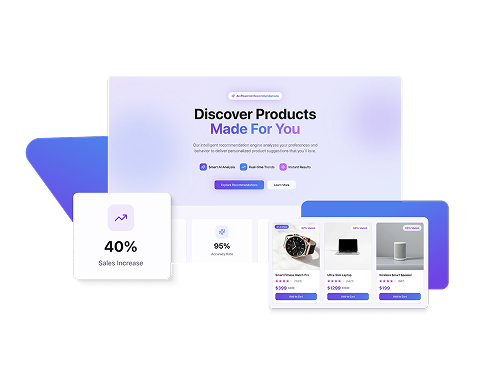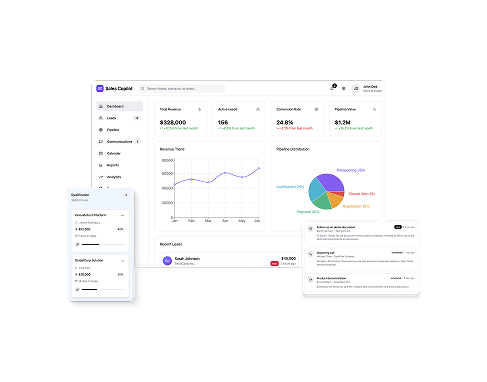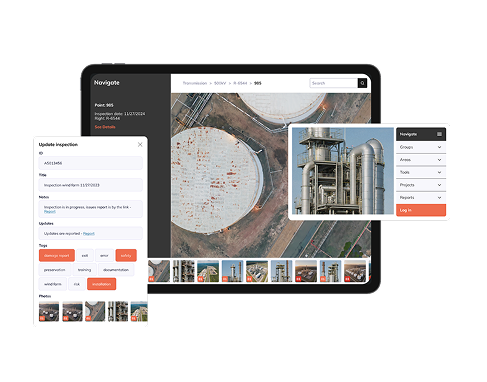Fill in the form describing your project needs and preferred collaboration model.
Your personal manager will answer your request within one business day and outline the next steps to be taken.
QA experts with relevant experience and skills will prepare a plan and cost estimate for your project.



